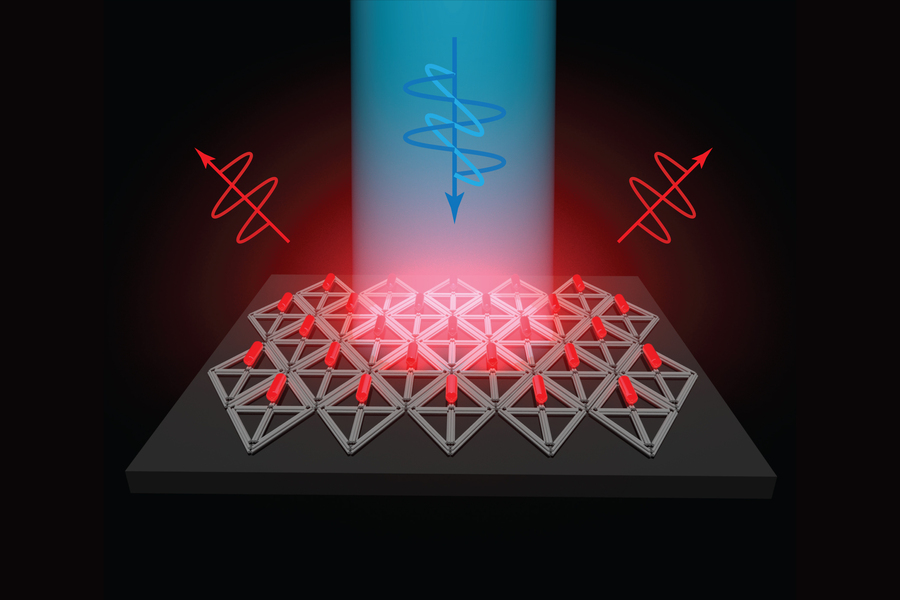Researchers at MIT have developed a new method for assembling arrays of quantum rods using DNA scaffolds. Quantum rods have the ability to control both polarization and color of light, making them valuable for generating 3D images in virtual reality devices. The challenge has been aligning the rods at the nanoscale to ensure they all point in the same direction.
By depositing quantum rods onto a DNA scaffold, the researchers can regulate their orientation, which is crucial for controlling the polarization of emitted light. This advancement makes it easier to add depth and dimensionality to virtual scenes. The researchers used DNA origami, a technique they have previously worked on, to create precise positions for quantum dots. They then attached the quantum rods to diamond-shaped DNA origami structures, which were attached to a surface, allowing the rods to align in the same direction.
The researchers also developed a method for rapidly attaching DNA strands to the quantum rods, reducing manufacturing time significantly. The next steps for the researchers include creating larger-scale surfaces with etched patterns to scale their design for various applications. The use of DNA as a manufacturing material is attractive due to its scalability and sustainability. The research was funded by various organizations, including the Office of Naval Research and the National Science Foundation.

